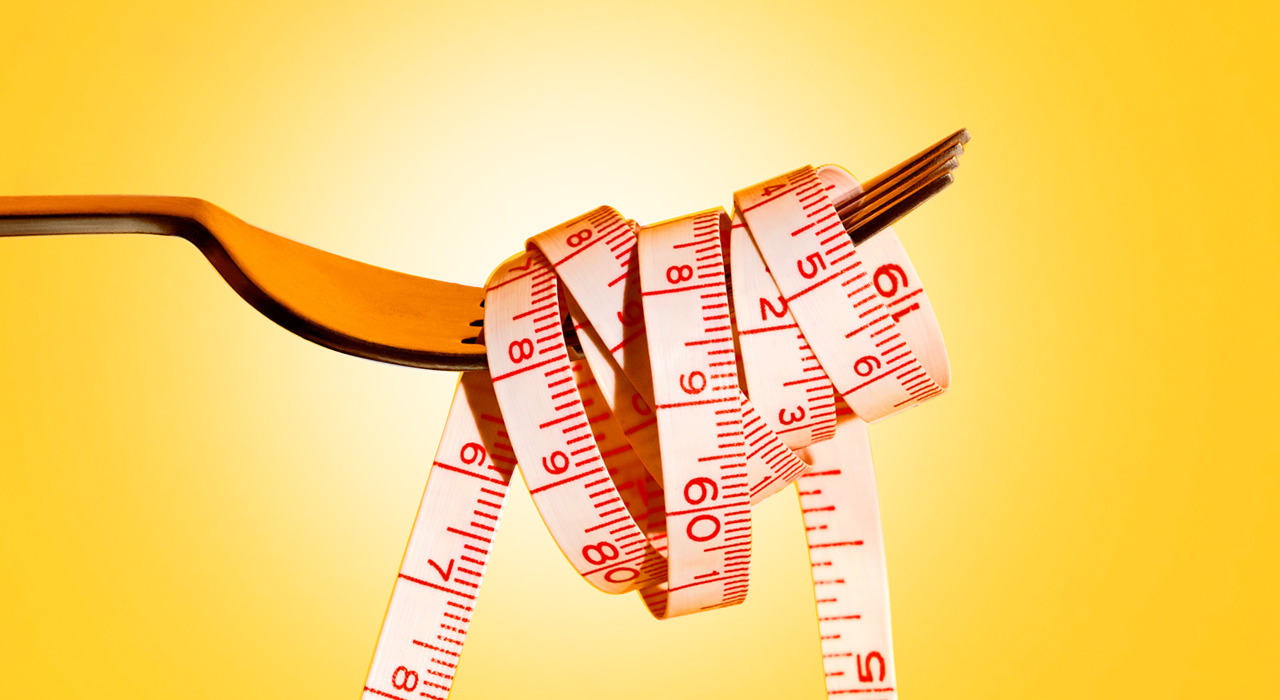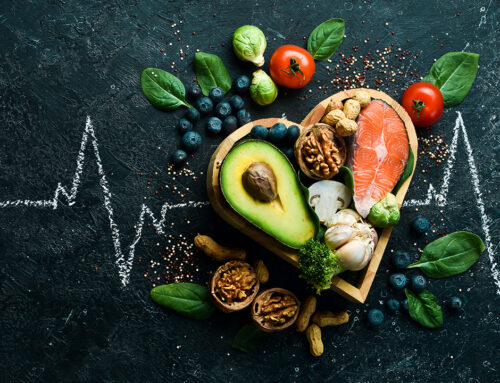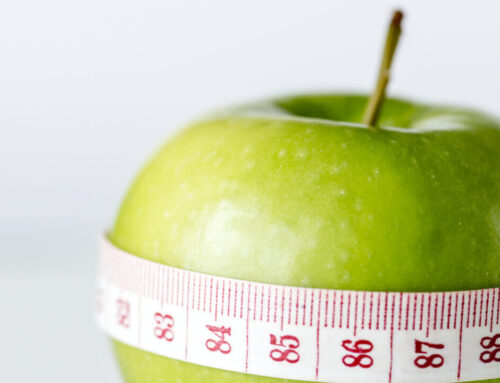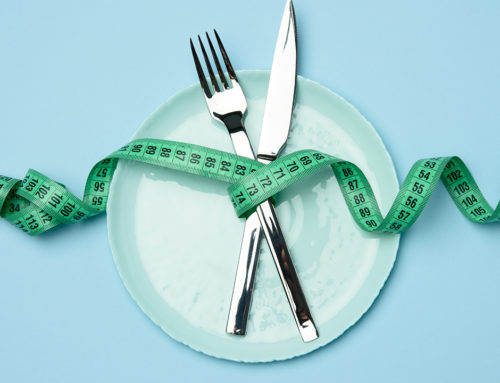An Olympic-level nutrition strategy to get cut while adding muscle and using your food to get the competitive edge is more than possible. There’s no reason you can’t make big, rapid changes in your body composition, health and fitness – all at once. To help you do this, the following system uses a clear structure that breaks each hurdle down into bite-sized chunks so you feel the progression and reap rewards along the way – reaffirming your positive new habits. Here’s how to eat to lose body fat and hang on to all your muscle while you perform at your peak.
How much energy can you store?
Run out of carbohydrates and your performance grinds to a halt. The problem you face is giving your body enough to be able to operate at its best for the duration of a workout or event while you create a defi cit earlier in the week to lose fat. The solution is seven-day carbohydrate flexing, where you adjust the amount of carbs you consume during the earlier part of the week. Towards the latter part of your week you can begin to flex it back up again, so you’ll have boundless energy if you compete at the weekend.
How to use it
For the low-carb days, be sure to get your carbs from vegetable sources and stick with a high-protein diet. The pre-competition day is when you’ll raise your intake of carbohydrates to get ready for your sport. The base-level calorie intake you set for yourself where you eat calories but don’t gain weight will determine how much you raise these. To do this you must track your calories using an app like MyFitnessPal to make sure you’re eating enough calories without going way over your requirements and laying down excess fat. You can stay in the low-carb zone for long periods of time, but make sure you come up for “air” – and eat a higher amount of carbohydrates – at least once or twice each week for the whole day. Otherwise, your body will go into fatmetabolism mode and potentially be less effi cient at burning carbs.
Find your baseline needs
Protein base
You should eat 2.2g of protein per kilo of lean body mass (LBM). So, if you’re a 100kg guy with 10% body fat, multiply your 90kg LBM by 2.2 to give you 198g of protein per day. Divide this by six and you get a neat 33g of protein per meal. If you don’t want to count your protein intake in grams then aim to eat one-and-a-half palms worth for each of your three main meals and half a palm’s worth for each of your snacks.
Fat base
The minimum amount of fats you should eat each day is a little easier to work out. It should be the same number in grams as your body weight in kilos. Split this between the three types of fat: saturated, mono and polyunsaturated. The 100kg, 10%-body-fat athlete would need 90g each day – about 15g per meal. Fat will give you useful hormonal support as well as maintaining the infl ammatory cascade to allow recovery and repair of tissue. Try not to eat more than a 1/3 of your daily intake in one sitting or your digestion might object. If you don’t want to measure your fat intake in grams; aim for a tablespoon at each meal of whole-food fats like cheese, olives and avocado and a thumb’s worth of oily fats like olive and coconut oil.
Carbohydrate base
The same 100kg athlete who’s aiming to get to 8% body fat can use the same calculation he used for fat to determine how much carbohydrate he should eat. He’d eat 90g of carbs each day. Use veggies to get these carbs because they’re nutrient dense and you can eat more volume to get your 15g of carbs in each meal.
Your typical low-carb day
Morning training (45 minutes cardio)
- Double espresso
- 5g glutamine
Breakfast
- 1/2cup oats made with 30g whey concentrate
- 3 fish oil capsules or a tablespoon of ground flaxseed
Snack
- 8oz pot cottage cheese
- 1 apple
Lunch
- Chicken breast
- Bag of baby leaf spinach
- 10 olives
- Drizzle with balsamic vinegar
Training (weights)
- Water and carnitine mixture
Post workout
- 5g creatine
- 5g glutamine
- 1 scoop whey isolate
- 20g refined sugars
Dinner
- 200g steamed green beans
- 300g steak
- Tsp lemon juice
- Fish oil capsules
Before bed
- 30g slow-release protein
- Small piece of dark chocolate
Try this nutrition strategy to get cut fast and you’ll be turning heads in no time at all.







